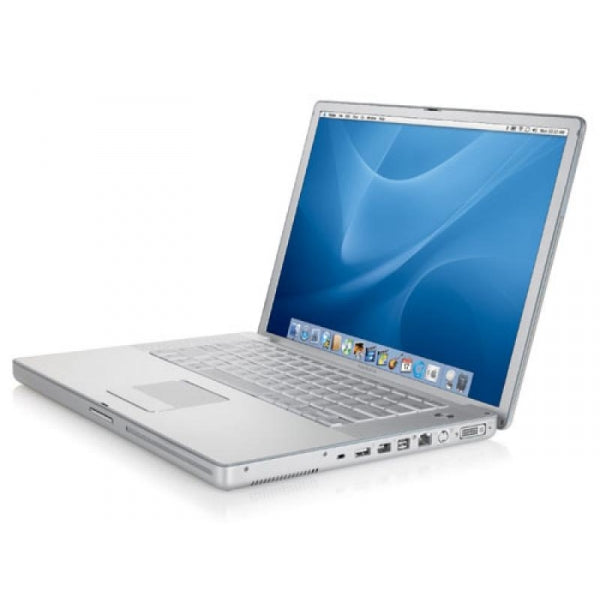

The base spec has 16GB of 2400MHz DDR4 memory-that’s compared to LPDDR3 last year, and there is now an upgrade option to 32GB for $400. There are three Intel CPU options, all Coffee Lake/8th generation: a 2.2GHz Core i7 processor with six cores and with Intel’s Turbo Boost up to 4.1GHz a 2.6GHz Core i7 with 4.3GHz Turbo Boost, and a 2.9GHz Core i9-also with six cores, and with Turbo Boost up to 4.8GHz. Once again, the display is the same: a 15.4-inch, 500-nit LED-backlit IPS display with a 2,880×1,800 resolution at 220ppi, with P3 Wide Color and True Tone support.

For reference, last year’s models only had two cores and less maximum storage. For connectivity, you get four Thunderbolt 3 ports and a 3.5mm headphone jack.Īnd then there’s the 15-inch, which we’re reviewing today. Those chipsets bring Intel Iris Plus 650 graphics-this time with 128MB of eDRAM, twice as much as before. Solid-state storage starts at 256GB, with more expensive 512GB, 1TB, and 2TB options. The base spec is 8GB, but it can be upgraded to 16GB for $200. RAM is LPDDR3 (so the same as last year) at 2133MHz. There are two CPU options in the 13-inch model: a 2.3GHz Intel Core i5 quad-core processor and a 2.7GHz quad-core Intel Core i7 for an additional $300. (Ars Technica may earn compensation for sales from links on this post through affiliate programs.) Specs at a glance: 2018 15-inch MacBook ProĢ.9GHz 6-core Intel Core i9 (4.8GHz Turbo) with 12MB shared 元 cacheĨ02.11ac Wi-Fi IEEE 802.11a/b/g/n Bluetooth 5.0Ġ.61-inch×13.75-inch×9.48-inch (1.55cm×34.93cm×24.07cm)ġ year, or 3 years with AppleCare+ ($379)ħ20p FaceTime HD camera, stereo speakers, three microphones It maxes out at 500 nits of brightness and supports P3 Wide Color and Apple’s True Tone feature. It’s a 13.3-inch LED-backlit IPS display with a resolution of 2,560×1,600 pixels-that’s 227 pixels per inch. The screen is unchanged compared to the previous one. The entry-level specification is priced at $1,299 (though the one with the Touch Bar starts at $1,799). Let’s start with the 13-inch model's specs. So what kinds of professionals are the newly revised MacBook Pros for? Is it a worthwhile investment for consumers? We recently spent a week with the top spec of the 2018 15-inch MacBook Pro to find out. These users buy it because it’s simply the best-performing Mac laptop. Lots of people buy MacBook Pros who aren’t professionals-at least, not professionals at doing the sorts of things they might actually need a $3,000 computer for. Then there’s the fact that the MacBook Pro has lived a double life not just as a pro workstation but as the high-end consumer Mac. Further Reading We tested throttling on the MacBook Pro-now Apple says it has a firmware fix


 0 kommentar(er)
0 kommentar(er)
